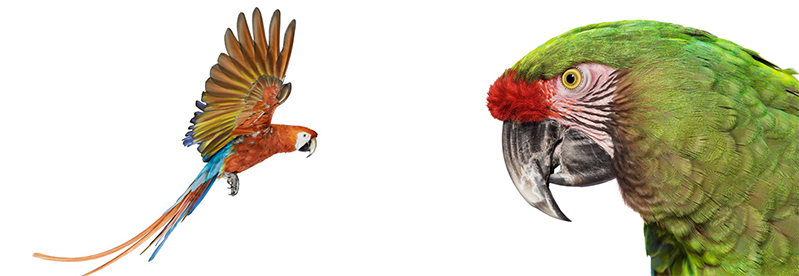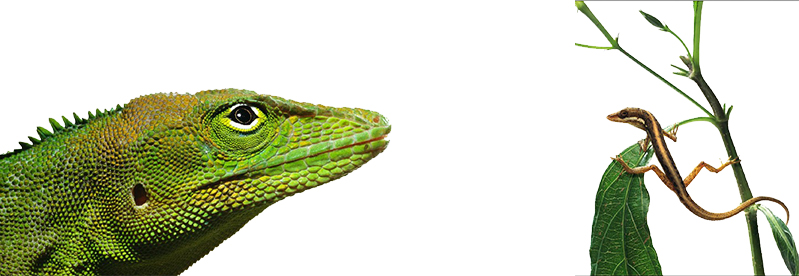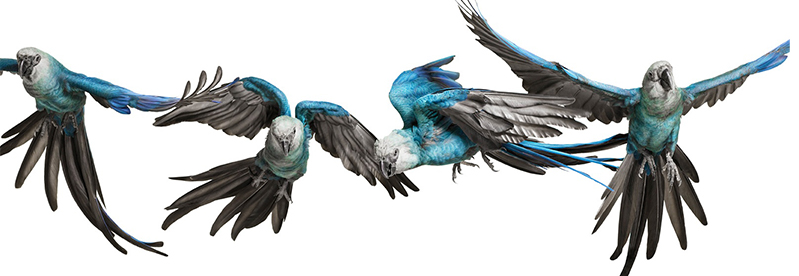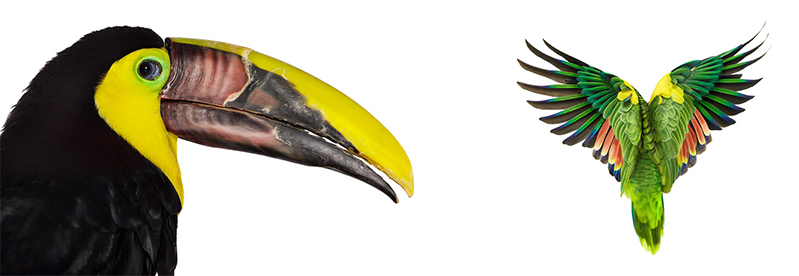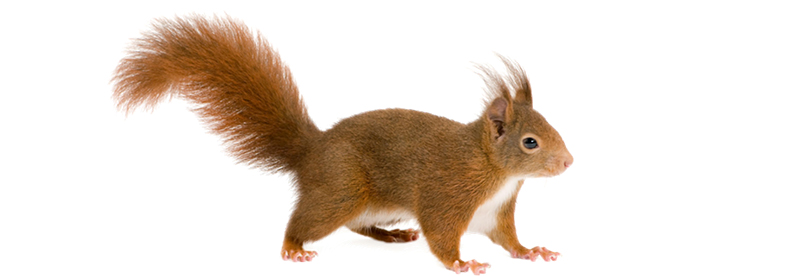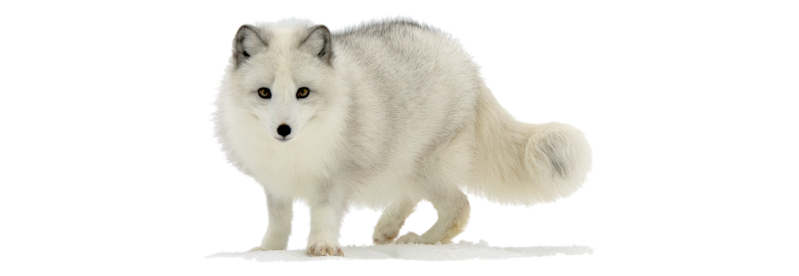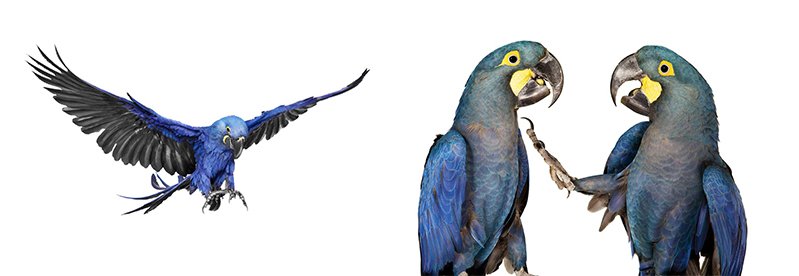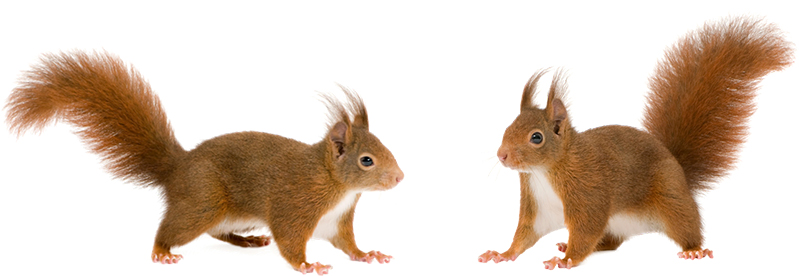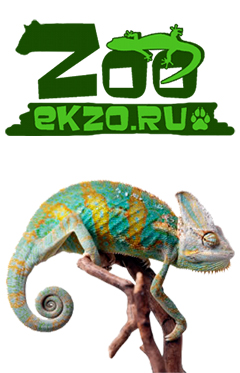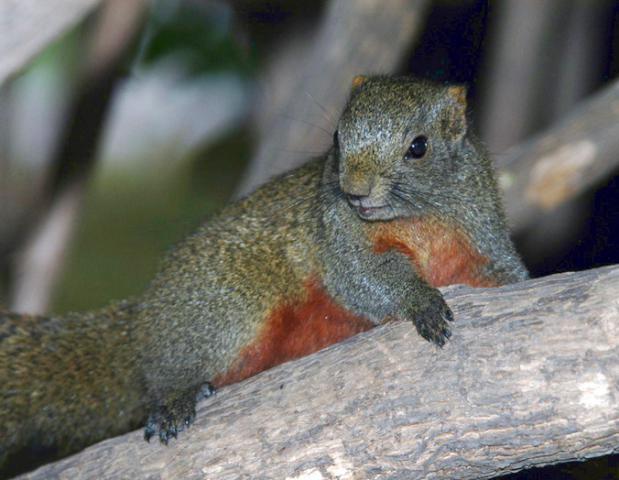
Pallas's squirrel, or Red-bellied tree squirrel(Callosciurus erythraeus)
Phylum —chordata
Class — mammalia
Order — rodentia
Family — sciuridae
Genus – callosciurus
Appearance
Pallas's squirrel is a medium-sized tree squirrel, with a head-body length of 16 to 28 cm (6.3 to 11.0 in), and a tail 11 to 26 cm (4.3 to 10.2 in) in length. Both sexes are of similar size and appearance, and weigh between 310 and 460 g (11 and 16 oz).
The color of the pelt varies considerably between the many different subspecies, but is generally brownish on the upper body with a more reddish tint on the belly, and often with some black on the tail. The precise pattern and shades of the fur are often used to distinguish subspecies from one another, but make it difficult to distinguish the species as a whole from other, similarly variable, tree squirrel species.
Habitat
Red-bellied tree squirrels naturally inhabit southern China, Malaya, and the lowlands and mountains of Taiwan.
Behavior
Home ranges of adults overlap, with the extent of overlap being less among females then males. When these squirrels do encounter each other, a chase may ensue until the possible "intruder" is moved off the territory, or the territory owner may show indifference and continue normal activity. A fixed dominant hierarchy does exist especially at locations of common feeding and includes both sexes. It appears to be correlated with age.
Diet
Red-bellied tree squirrels rely heavily on a diet consisting of leaves, fruit, seeds, insects, nuts, acorns, and cones. These squirrels feed mainly in the trees, but do spend some time feeding on the surface.
Red-bellied tree squirrels are well adapted in that they rotate their dietary consumption based on the seasonal availability of the item. In winter, they consume primarily Camellia tree flowers, which bloom from October to June. Later the diet switches toward the greatest period of leaf consumption from April to May. In June their palate is suffused with the luscious fruits that are now abundant. And as fall comes around, Red-bellied tree squirrels busy their jaws with the nutritiously profitable food source of ants that are still active above ground as opposed to the usual hoarding behavior.
Reproduction
Red-bellied tree squirrels are sexually promiscuous. On the female's day of estrus, several males gather around her and begin vocalizing. These vocalizations are the beginning of mating bouts in which the males spar with one another to win the right to mate. The winner of the bout will often guard his mate for a short period of time, trying to ensure that he is the true fertilizer of the female's eggs. But if the number of challenging males gets to be too much, the "guard" usually leaves and she may mate (and usually does) with another individual.
The female first scouts and then builds a nest in a suitable and relatively protected site. This behavior peaks in spring and autumn in accordance with the breeding seasons. In that nest, the female gives birth usually to several young.Young are cared for and nursed by females in the nest until they reach independence.
In captivity
Lifespan in captivity – 16 years.
For keeping squirrels a spacious cell is necessary. An approximate cell size: height 60 cm, length and width - 50 cm each. The frame must be metal, as the squirrel will try to get out. The frame is covered with a metal mesh with cells of 10-15 square mm. The wheel and socket should be placed outside the cage. The cage must have shelves, branches, snags in order for the animal to actively move. But not just for that. The squirrel needs to constantly sharpen its claws, otherwise they will grow so much that the animal will hardly move on the dirt and wooden floor, "stick" to the fabric with its claws. The animal during the light period is constantly active, inquisitive, and quickly moves from one activity to another.
These squirrels can be kept with other animals, they all get along well. Unless, of course, they are outright predators.
In feeding, these animals are unpretentious, which in no case means monotonous feeding. On the contrary, you should use a variety of feeds - all kinds of nuts, sunflowers, various grains, any, a variety of fruits, yoghurts, cottage cheese, boiled, and sometimes raw quail eggs. In nature, squirrels often eat chicks, so sometimes their table can be varied and a piece of cooked lean beef or chicken.
 Russian
Russian
 English
English

